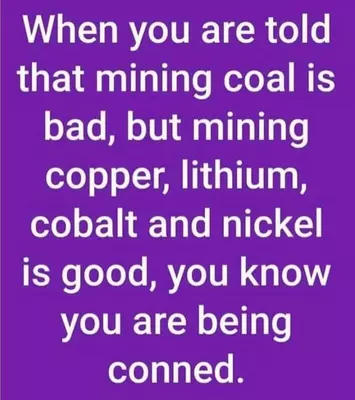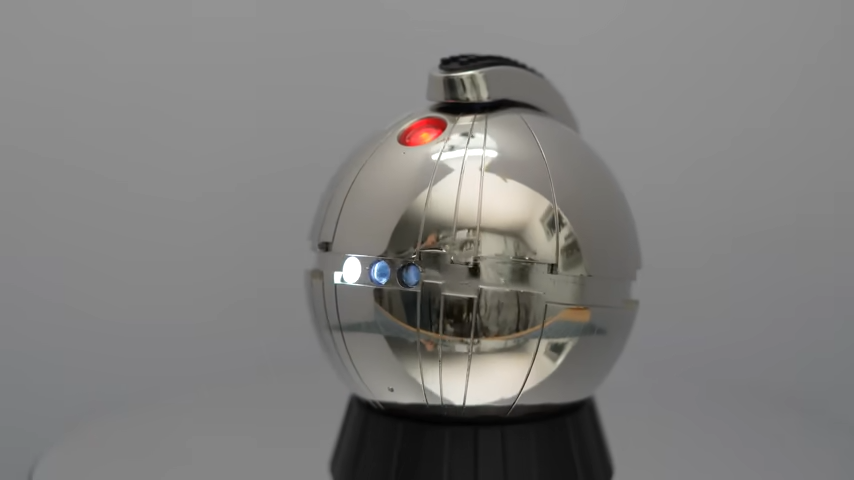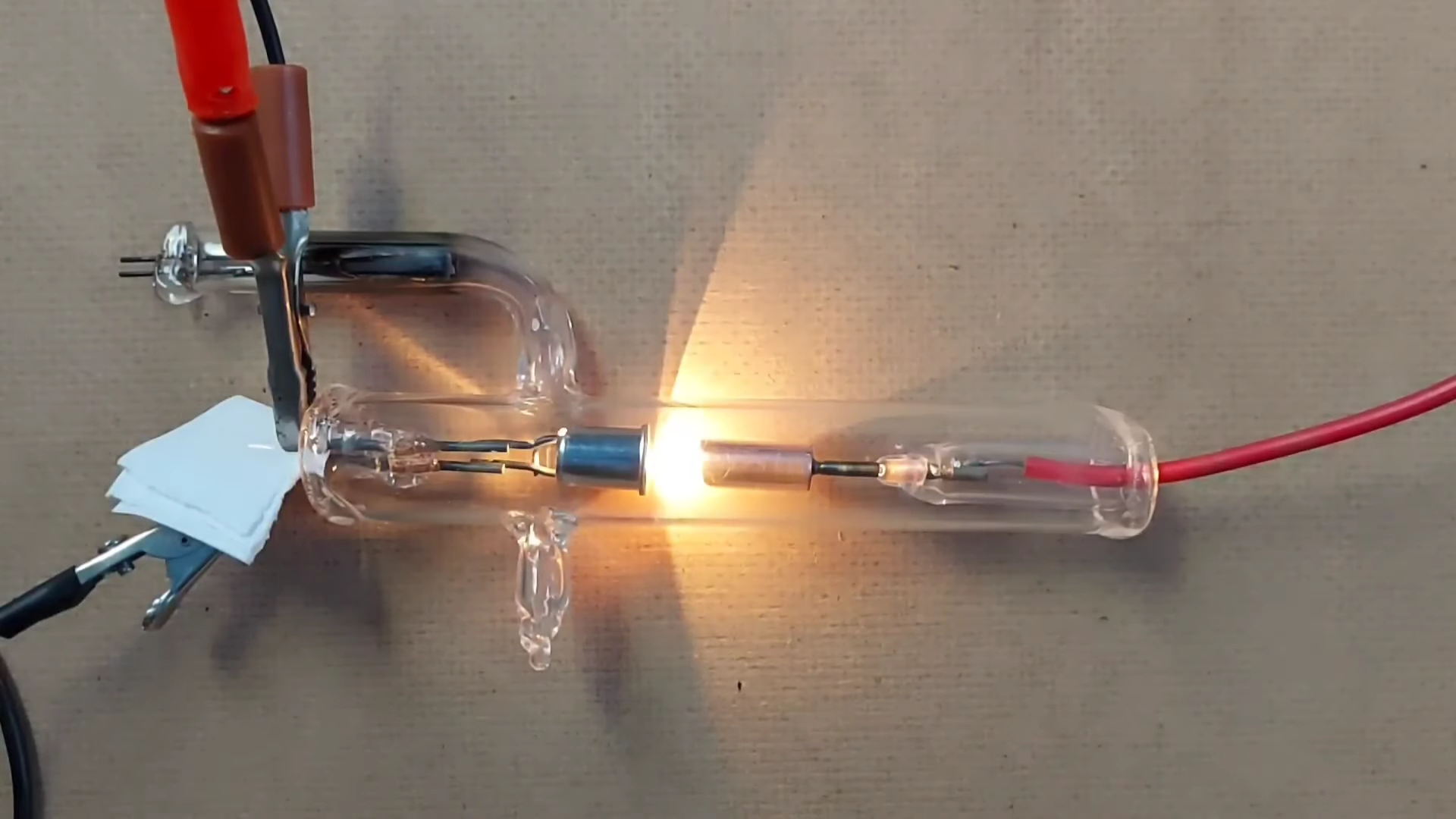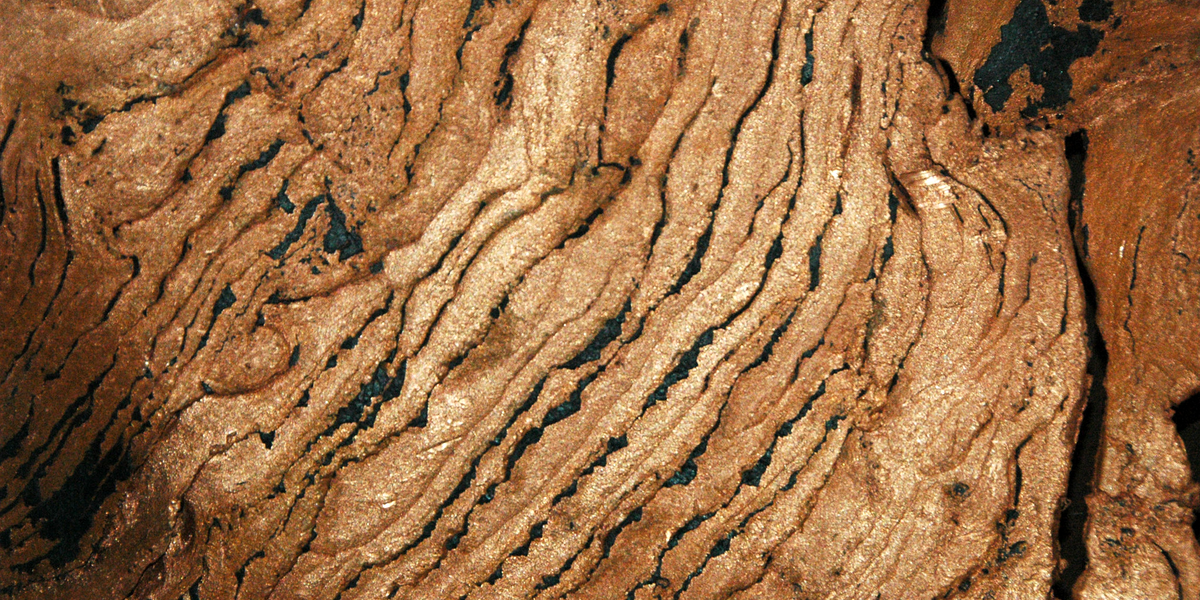2 Likes
#copper
3 Likes
https://www.bitchute.com/video/b9qfiCnVgGUQ/
3 weeks ago I put #copper wrapped toothpicks into newly transplanted seedlings and as you can see, a #success.
#food '#water
#ELECTROCULTURE ~ UPDATE Copper Wrapped Toothpicks Experiment....A SUCCESS!!!
2 Likes
Validation ! Confirmation of #venom`s found in #COVID-19 long hauler patients !
https://www.bitchute.com/video/DmKaRFDkspBy
In this episode, #Dr. #Ardis gives a shocking presentation with validation we have all been waiting for.
He plays a five minute clip of Dr. Shankara Chetty confirming the findings of many different venoms found in the bodies of Covid-19 long hauler patients. That’s right, #plasma, #urine and #fecal #samples from Covid-19 patients revealed #toxin like #peptides from venoms.
Dr. Ardis also walks us through the #research he’s found of specific venoms found in the bodies of Covid-19 patients, many of which destroy #copper and #zinc.
In the second half of this episode, Dr. Ardis updates us on hospital protocols and shows us what the research actually reveals. Are hospitals really struggling???
Learn what bonuses hospitals have added and what new drugs to look out for. The #health care #system sucks and needs to be revamped. Do not trust the lies!!! For more updated #information, #supplements and protocols, please subscribe to The Dr. Ardis Show at: https://thedrardisshow.com/
2 Likes
#Teflon contains a #plastic #polymer that, when heated above 572°F (300°C), starts to release #toxins.
Try this safe alternative instead: real #cast-iron. This is a nontoxic cooking option that truly withstands the test of time. It heats well and evenly throughout.
#Aluminum is a #neurotoxic #metal. Elevated levels of aluminum in the body have been linked to several central nervous system diseases, including #Alzheimer's and ALS.
Try this safe alternative instead: glass cookware. It’ll never release anything toxic when heated, it doesn’t hold onto any old flavors or odors, and it's not only durable but also eco-friendly.
#Copper cookware, especially when it isn’t coated, can easily send you to the ER with a bad case of metal poisoning. And that’s because it can release copper when you cook acidic foods.
#Stainlesssteel is a great cookware option: it's relatively lightweight, scratch-resistant, and comes in non-stick varieties.
Soft #ceramic coating isn't durable enough and starts chipping after a few months of daily use. When this happens, #lead and #cadmium sometimes found in the coating will end up in your #food and, thus, in your #body.
Try this safe alternative instead: 100% ceramic cookware. This is one of the best and safest options out there since it's made with completely natural materials, it isn't toxic, and it won't chip or peel off.
--o-O-o--
"Fun Factoid":
"Ceramic nonstick pans" are not even Ceramic!
They're actually metal pans with a finish that uses silicon to prevent sticking. Like #ceramicware, the coating is made of #sand and has a slick, glossy surface, which is how it came to be called ceramic.
5 Likes
1 Comments
https://www.youtube.com/watch?v=HGT8RkvVzU4
Before and After #electroculture #gardening techniques
28 Jun 2022 ... A friend sent me photos of their tomato plant. Both planted 2 weeks ago one utilizing #copper / electroculture and the other without.
One person like that
1 Comments


The Green Transition ~ Part1: The Problem with Green Capitalism
https://www.upstreampodcast.org/greentransitionpt1
https://www.upstreampodcast.org/_files/ugd/c8d740_d092b20e72074cc59313ed1dc4030857.pdf
"This is what happens when we simply paint capitalism green without addressing its fundamental global operating principles and processes."
#upstream #podcast #audio #music #transcript #thegreentransition #part1 #green #capitalism #energy #consumption #environment #mining #lithium #copper #cobalt #economics #globalsouth #global #south #indigenous #communities #minerals #globalization #delladuncan #theariofrancos #jasonhickel #sergiochaparro #anajuliaaneise #maxajl #matthiasschmelzer #beaskaniillas #robertraymond
5 Likes
3 Comments
2 Likes
2 Likes
One person like that
One person like that
Turning Scrap Copper into Beautiful Copper Acetate Crystals
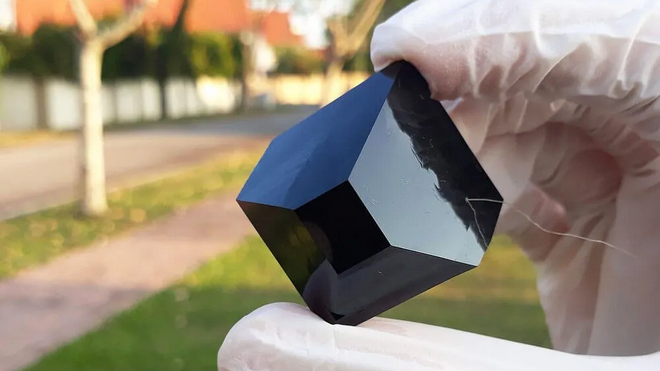
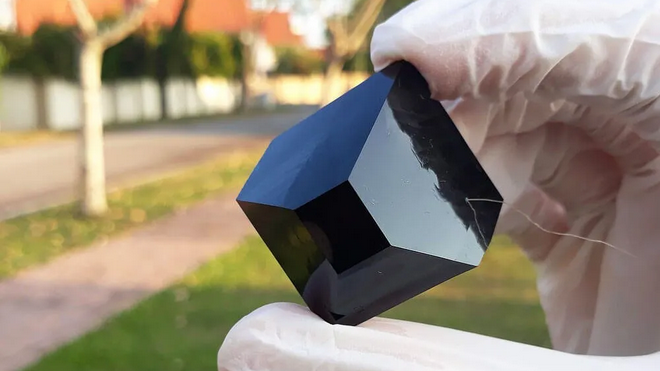
Crystals, at least those hawked by new-age practitioners for their healing or restorative powers, will probably get a well-deserved eye roll from most of the folks around here. That said, there's no denying that crystals do hold sway over us with the almost magical power of their beauty, as with these home-grown copper acetate crystals.
The recipe for these lovely giant crystals that [Chase Lean] shares is almost too simple -- just scrap copper, vinegar, and a bit of hydrogen peroxide -- and just the over-the-counter strength versions of those last two. The process begins with making a saturated solution of copper acetate by dissolving the scrap copper bits in the vinegar and peroxide for a couple of days. The solution is concentrated by evaporation until copper acetate crystals start to form. Suspend a seed crystal in the saturated solution, and patience will eventually reward you with a huge, shiny blue-black crystal. [Chase] also shares tips for growing crystal clusters, which have a beauty of their own, as do dehydrated copper acetate crystals, with their milky bluish appearance.
Is there any use for these crystals? Probably not, other than their beauty and the whole coolness factor of watching nature buck its own "no straight lines" rule. And you'll no doubt remember [Chase]'s Zelda -esque potassium ferrioxalate crystals, or even when he turned common table salt into perfect crystal cubes.
#chemistryhacks #copper #copperacetate #crystal #peroxide #vinegar
1 Shares
One person like that
One person like that

